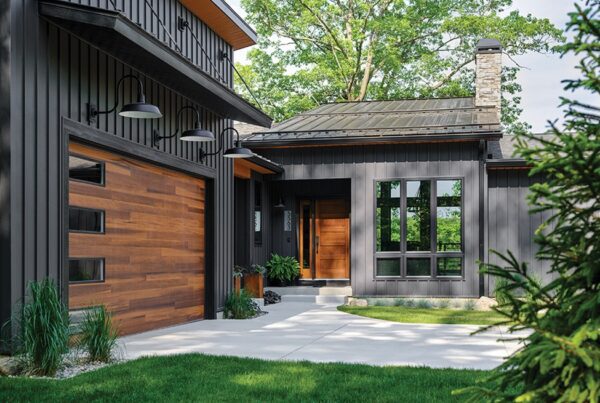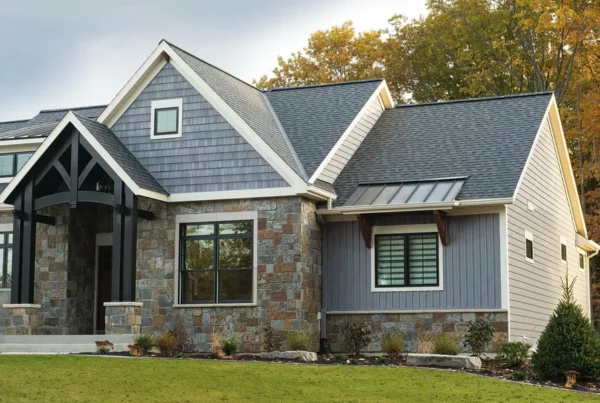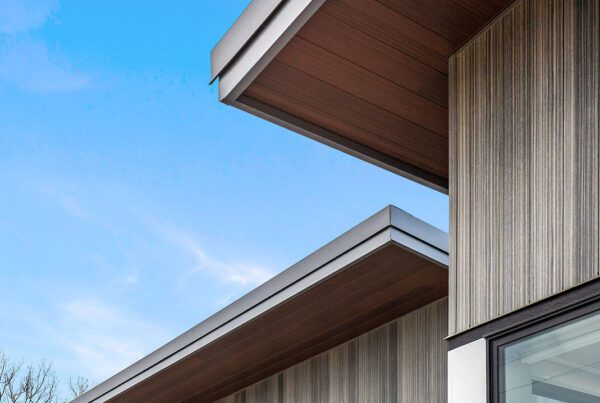The Importance of Air Quality Within Your Home
By: Skylar Ross
Now more than ever, people are beginning to understand the importance of air quality and how it can directly impact health, wellbeing, and quality of life. Having excellent air quality at home is essential. After all, it’s the place where you, family, pets, and friends spend a considerable amount of time!
Once you realize just how important air quality is, you can take the steps needed to improve the air quality in your own home. Plus, learning what exactly impacts good air quality is important. Some homeowners make the mistake of believing simple tasks, like sealing windows for winter, can improve air quality, but the truth is that nothing is quite as fundamental to good air quality as proper ventilation. Having good ventilation can provide better air quality, which will give you the peace of mind needed to breathe easier.
Air Quality — It’s Important!
Air quality can be a major factor that affects a person’s health and quality of life. Allergens, toxins, and pollution can degrade the air quality of a home — in both urban and rural areas. Harmful pollutants that are commonly found in the air, including mold and pollen, can be linked to respiratory illnesses and allergic reactions, which can be a serious cause for concern. In addition, people living with bad air quality can sometimes experience sharp headaches and migraines, which can be a huge disruption to everyday activities.
So how do you know if your home has good or bad air quality? The answer isn’t always as simple as detecting an odor or not. In fact, one of the best ways to determine a home’s air quality is by learning the main causes of bad air quality in residential properties.
 The Main Causes of Bad Air Quality at Home
The Main Causes of Bad Air Quality at Home
Poor ventilation, mold and mildew build-up, and poor temperature regulation are some of the most common causes of bad air quality in residential homes. While mold and mildew build-up may not surprise most homeowners, the other two causes may come as more of a shock.
Ventilation is absolutely critical to maintain good air quality inside, and it’s estimated that 70% of homes fall short of having basic ventilation requirements. Stale and stagnant air creates a more stable setting for harmful bacteria and pollutants to collect and concentrate in the air. Homeowners have to keep the air circulating and moving efficiently in order for the air to stay fresh, clean, and healthy, which is why intake can be more important than exhaust.
In addition to having proper ventilation methods in place, indoor temperature regulation is also key to maintaining good air quality. Overheated, pressurized air that builds up in the attic or other closed spaces can filter back into the home and take a serious toll on the air quality.
How to Improve Air Quality at Home
To improve air quality at home, start by checking your roof ventilation system. In order to prevent attic air from overheating, pressurizing and drawing into the home, there must be equal amounts (or more) of air entering through soffits than existing through roof vent systems. The U.S. Department of Energy recommends using a continuous roof ventilation system at the rooftop, and a continuous vented soffit system that provides more intake or net-free area (NFA) at the eave edge than what is offered through the roof vent system. The problem is that most soffit panels today don’t offer enough NFA to work with the amount of roof ventilation required for the majority of homes.
Without adequate ventilation, warm attic air can easily become trapped and become stagnant, leading to mold growth, mildew, and rotting. This is why it’s always a good idea to review the home’s ventilation and temperature regulation systems first. Even during initial renovations, it’s best to think proactively and include these ventilation strategies to prevent poor air quality from developing down the line. Explore roof venting and invest in continuously vented soffits to allow sufficient intake of fresh air. If you weren’t in charge of your home’s renovations, it’s time to check if existing soffit panels were installed correctly, as installation can also affect performance.
After performing ventilation inspections, homeowners can then check monitoring devices, like carbon monoxide detectors, as well as interior cleaning spaces that may have mold and mildew build-up. Bathrooms, basements, attic spaces, and under the kitchen sink are all places to scour over. Then, make sure the HVAC system is in top working order. Routine cleanings and regularly changing the air filter can be great routines to adopt in order to keep indoor air healthy, too.
The good news is that these fix-ups will also improve the overall energy efficiency of the home, which can be a huge help for cutting costs on heating and cooling bills! With a bit of maintenance and a targeted approach to improving ventilation and temperature control, most homeowners can expect to see great improvements in air quality.
Skylar Ross is a contributor to the Innovative Materials blog. He is a content writer for the construction and home improvement industries with an interest in landscaping, outdoor remodeling, and interior design. Skylar is focused on educating homeowners, contractors, and architects on innovative materials and methods of construction that increase property value, improve sustainability, and create a warm and welcoming ambiance.


